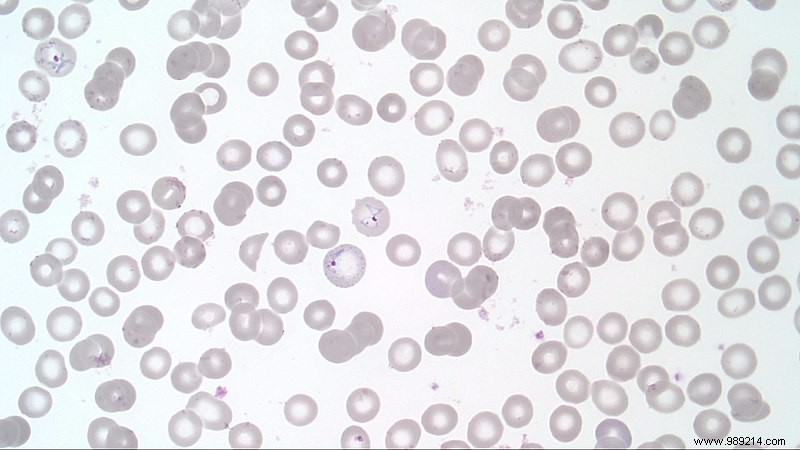In Ethiopia, the parasite that causes malaria infections has mutated. The latter no longer produces the proteins that screening tests usually target. However, these tests are the most suitable for vulnerable populations, so this mutation is a very worrying problem.
Recently, the World Health Organization (WHO) actively recommended the general deployment of the first vaccine against malaria in areas at risk such as sub-Saharan Africa. This plan could save many lives and without a doubt, it comes at the right time. According to a study published in the journal Nature Microbiology on September 27, 2021, the parasite Plasmodium falciparum – responsible for the infection – being transmitted to humans via Anopheles mosquitoes is mutating.
However, this evolution of the parasite is worrying, because the tests that have been deployed for fifteen years in the region are decreasing in effectiveness. Remember, however, that screening campaigns have been very effective in controlling malaria, a disease that kills approximately 400,000 people worldwide each year. , 70% of whom are children under the age of five. Unfortunately, the parasite mutation poses a major threat to disease control.

Jane Cunningham is a co-author of the study and a researcher for the WHO Global Malaria Programme. The woman and her team noted a curious phenomenon . As early as 2016, some visibly ill children were nevertheless tested negative. After examining their blood under a microscope, the researchers found that many of the children in question had malaria. However, this is a serious problem insofar as in many countries, it is necessary to benefit from a positive test in order to be entitled to treatment.
After thinking that the tests were flawed, another hypothesis arose before it was explored during the study. According to the results, 80% of the parasites responsible for malaria have mutated. These therefore no longer produce the two proteins PfHRP2 and PfHRP2 that rapid tests usually detect. While the researchers have not yet deciphered the function of these proteins in the parasite, the multiplication of tests would have favored the proliferation of pathogens no longer displaying these two markers essentials.
In an emergency, the regions most exposed to the mutant parasite use another type of test , capable of detecting another protein. However, these tests are less reliable than the previous ones and are less resistant to heat. Finally, generalize detection by observation under a microscope is difficult to implement. Indeed, it would be necessary to deploy very expensive equipment and train many technicians.